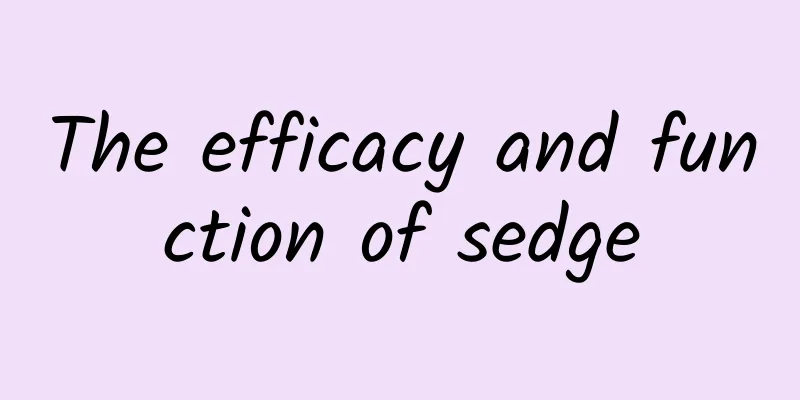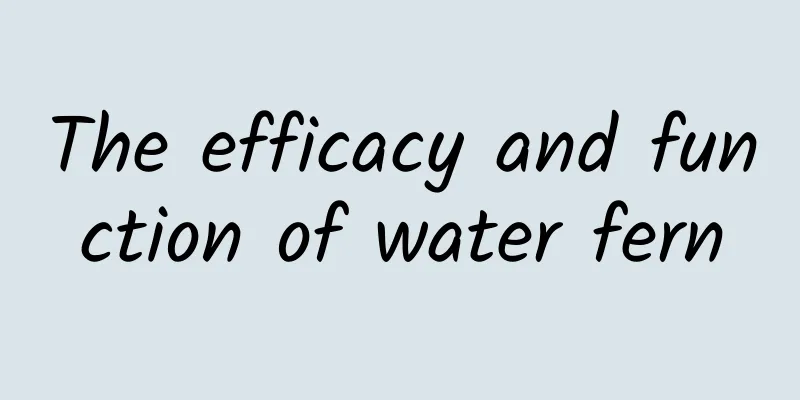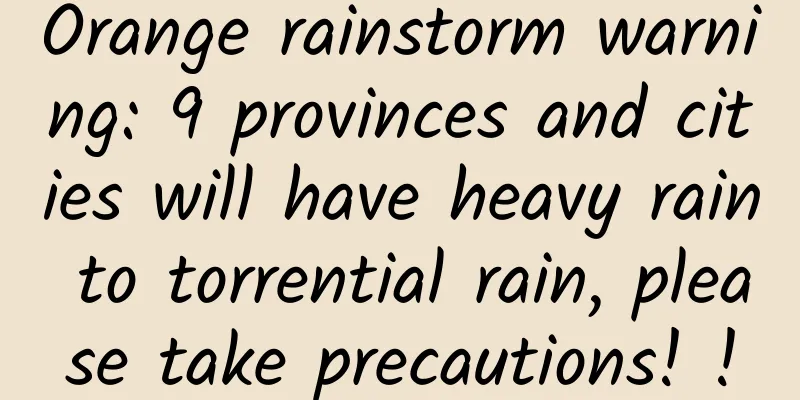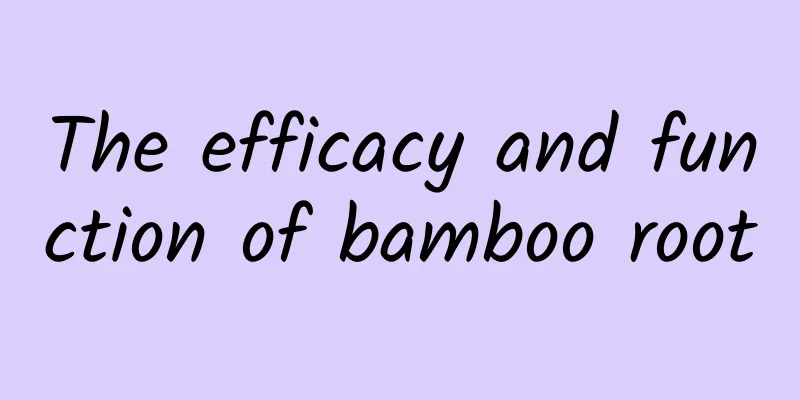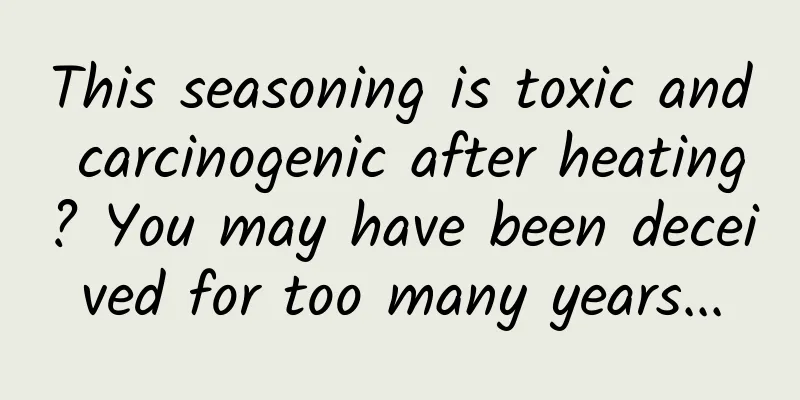Stones that look like leeches after heating may sound scary, but they are actually a great help in building construction →
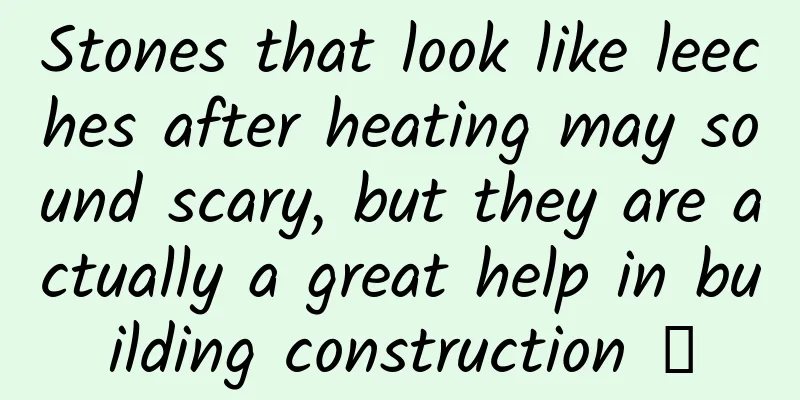
|
Yu Feng Recently, the State Council issued the "2024-2025 Energy Conservation and Carbon Reduction Action Plan", which pointed out that it is necessary to vigorously develop green building materials, promote the commercialization of basic raw materials and the lightweighting of wall insulation materials, actively promote the upgrading of exterior wall insulation and old heating pipe networks, and accelerate the energy-saving transformation of buildings. Among the many insulation materials used in buildings, vermiculite is widely favored due to its good insulation performance. Vermiculite is a magnesium-containing hydroaluminosilicate secondary metamorphic mineral with a two-dimensional layered structure. It loses water and expands when heated, and is named after its leech-like shape. As a scarce mineral resource, vermiculite is mainly produced in South Africa, China, the United States, Russia and other countries. The global vermiculite reserves are about 600 million tons. The vermiculite reserves in Qiganbulak, Yuli County, Xinjiang, my country are about 100 million tons, accounting for more than 90% of the country's total reserves, and is the world's second largest vermiculite deposit. Thermal conduction is the main way of heat transfer in solids. The smaller the conductivity of a material, the better it keeps the heat. The thermal conductivity of vermiculite is less than or equal to 0.2. Its excellent thermal insulation performance can effectively reduce the thermal conductivity of buildings, keep the indoor temperature stable, and reduce energy consumption. After high-temperature calcination, the volume of vermiculite can expand more than ten times instantly, and the porosity is greatly increased. There are many capillaries in each piece of expanded vermiculite, and each capillary pore is of micro-nano pore size. These small gaps are insulation spaces. The higher the expansion multiple of vermiculite, the more developed the gaps, and the better the thermal insulation performance. Vermiculite is a natural inorganic mineral material. In the construction field, it not only has good thermal insulation properties, but also good fire resistance. It will not burn or produce toxic gases in high temperature environments, and can improve the fire safety of buildings. Its porous structure can also effectively absorb and reduce noise, allowing people to live more quietly and comfortably. Vermiculite has a low density and will not increase the load on the building structure. It is particularly suitable for high-rise buildings and building structures that need to reduce their own weight. At the same time, vermiculite also has strong durability and corrosion resistance. It can remain stable for a long time in harsh environments and is not easy to age and deteriorate. The specific applications of vermiculite in construction include roof and wall insulation, insulation boards and insulation mortar, and industrial pipeline insulation, which can significantly improve the thermal insulation, fire prevention and thermal insulation performance of buildings. More importantly, vermiculite causes little environmental pollution during its production and processing, and the product can be recycled and reused after being discarded, which is very consistent with the concept of sustainable development that is highly respected in the construction field. At present, there have been great breakthroughs in vermiculite-based functional materials, but making full use of the abundant vermiculite mineral resources and developing and utilizing them scientifically and rationally are still urgent issues that need to be addressed. The focus should be shifted from the manufacturing of primary vermiculite products and the export of raw materials to the research and development and production of high-end products, so as to promote its development in cutting-edge fields such as environmental protection, biology, energy storage, and aerospace. It is believed that through the continuous innovation and application of technology, vermiculite will bring more benefits to human society. (The author is a professor and vice dean of the School of Chemistry and Chemical Engineering of Shihezi University) |
<<: More than 5,000 years ago, they lived in "three bedrooms and one living room"
Recommend
Decreased immunity, hair loss, loss of appetite? Latest research: Your body may be lacking TA...
Recently, an article published in Nature emphasiz...
Even without the "banana fan", Wukong can still cross the Flaming Mountain丨Tutushidao
Vocabulary Electromagnetic Railgun monitoring dro...
The efficacy and function of leopard bones
Speaking of leopard bones, many people know that ...
The efficacy and function of yellow peel leaves
Huangpi leaves are a common Chinese medicine. Hua...
The efficacy and function of Haikang hook powder grass
Recently, major TV channels have launched various...
The efficacy and function of cockroaches
As the pressure of modern life increases, more an...
Besides drinking porridge, what else does Laba Festival have to offer?
Mixed Knowledge Specially designed to cure confus...
New species have been discovered in many places one after another, and experts are issuing urgent warnings!
Not long ago Zhejiang and Hainan in my country Fo...
What medicinal herbs are best to make wine with five-fingered ginseng?
The five-fingered ginseng is also known as the &q...
What are the effects and functions of the traditional Chinese medicine duckweed?
Traditional Chinese medicine has begun to develop...
The efficacy and function of bat kudzu
In modern life, everyone is very familiar with va...
Baidu Tourism Industry Report 2023
Recovering, recovering~ The tourism market, which...
The efficacy and function of cowpea shell
The Chinese medicinal cowpea shell is already ver...
The efficacy and function of stone ear
The development of Western medicine has brought s...
Through the "eyes" of machines, we are "seeing" a bigger world. Entering the "China Vision Valley" Shining 3D
Vision is a window for humans to perceive the wor...
